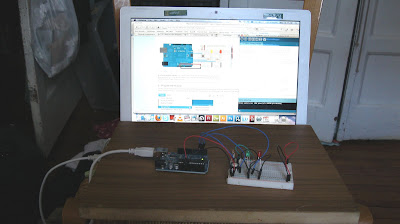 http://info.med.yale.edu/psych/3s/metta.html
http://info.med.yale.edu/psych/3s/metta.html



Some issues:
1. Have and idea
To display and compare unattractive and well designed sites
2. Make decisions that support the idea
A stream of information organized in a visually abrasive stream of data, not clearly directing you to the information you came for, let alone making it clear what information you will find there
3. Choose colors for a reason
Abrasive color selection that does nothing for the information
4. Make the negative space part of the design
The site doesn’t adhere to a grid, poor use of negative space
5. Communicate with clear messages and word choices
unclear a difficult to tell what the site is about, what click will lead you where, how to find the info you need. Convoluted structure doesn't express the site's content
6. Establish a hierarchy of information – little or no heirarchy
7. Stick to one layout justification – the eye likes order and consistency - but here they oscillate between center and left justified
8. Work with a grid –
inconsistent and variable grid.
9. Make the interface intuitive
Not intuitive, not clear.





